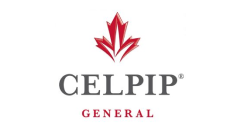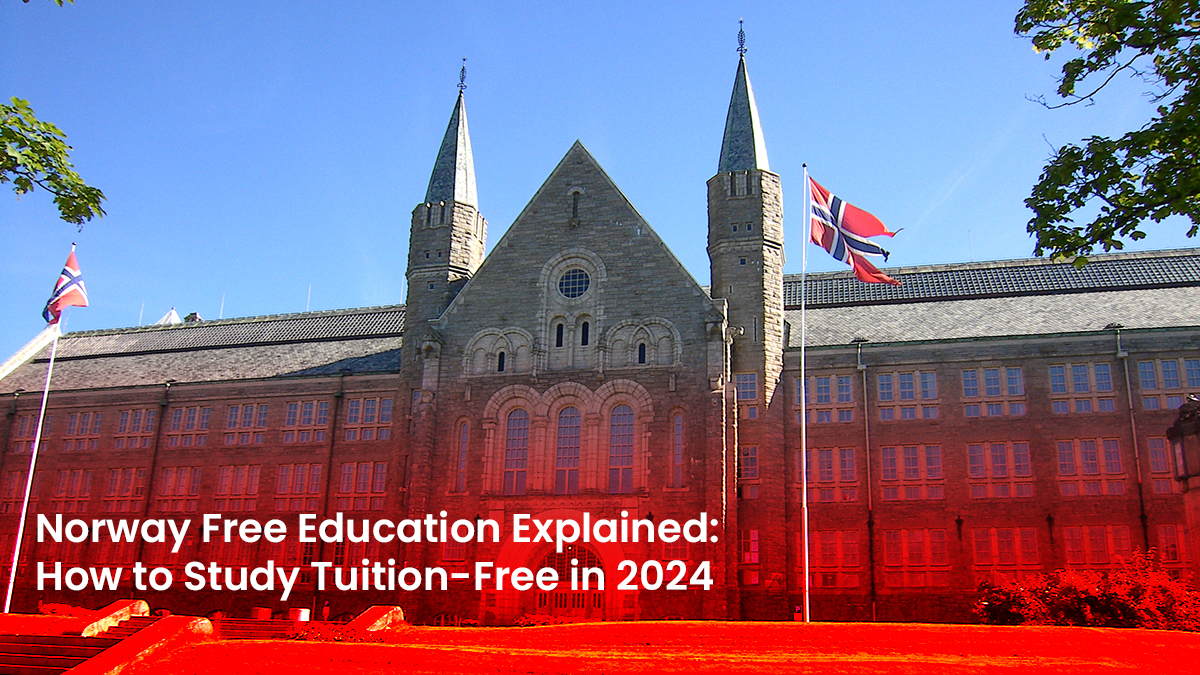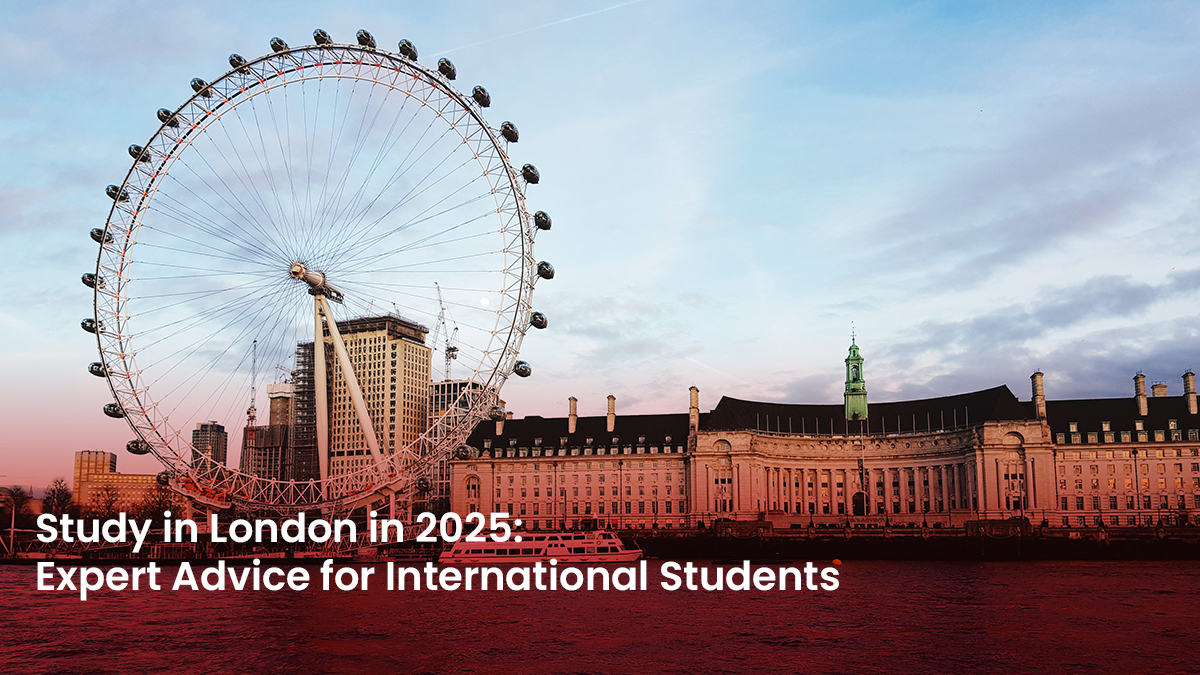Intakes in Canada 2024
For decades, Canada – the Land of Maple Leaf has been attracting students from different corners of the world to pursue higher education. Canada’s robust economy, diverse job opportunities, top-quality educational institutions, affordable tuition costs, modern learning facilities, and superior lifestyle are the reasons that make this country a popular study-abroad destination.
As recorded in the year 2022, Canada welcomed more than 2,26,450 Indian students to pursue higher studies. This number is expected to increase in the coming years owing to the myriad benefits this highly-developed country offers.
If you are aiming to study in Canada and pursue a lucrative career, MSM Unify has got you covered. Read on to learn about the intakes in Canadian universities, admission requirements, and other critical information.
The three main intakes in Canada
Canadian universities follow a structured admissions approach in order to enhance the efficiency of the admissions procedure and ensure equitable chances for aspiring students. This admission cycle, also known as an intake period, occurs three times annually. Within each intake period, specific universities accept applications for particular courses.
Consequently, gaining an understanding of these three intake sessions in Canada is crucial for identifying best-fit courses and universities, and successfully navigating the application process.
| Intakes | Intake month | Tentative application timeline |
| Fall intake | September | December to March |
| Winter intake | January | September to November |
| Summer intake | May | January to February |
Of the total intakes in Canada, the fall or September intake is the most popular one as the majority of intakes take place during this time. Also, this is when you can explore a maximum number of courses and scholarship opportunities.
If you miss the fall intake, you have another chance to apply during the winter or January intake. During this intake, there are quite a few courses and scholarships available. The least preferred intake season is the summer intake, as limited courses and internship opportunities are available.
In the following section, the three intakes in Canada are discussed in detail. Read on to learn about the finer aspects of each intake and prepare yourself accordingly.
1. Fall Intake in Canada
The September or fall intake in Canada witnesses a large number of international students securing admission to diverse courses across different universities. This is when most premiere institutions and colleges open the admissions process for a wide variety of courses, giving students many options to explore.
Also, during the fall intake, students can explore several scholarships and internships to support their study-abroad journey. Furthermore, the weather in September is delightful making it easy for students to adjust to the new environment.
Top 10 Fall Intake Universities in Canada
| Sr no. | University | Sr no. | University |
| 1 | The University of Toronto | 6 | University of Alberta |
| 2 | McGill University | 7 | University of Waterloo |
| 3 | University of British Columbia | 8 | University of Ottawa |
| 4 | University of Calgary | 9 | Western University |
| 5 | Niagara College | 10 | Ryerson University |
Pros of fall intake
- Abundant availability of universities
- A diverse array of courses to choose from
- Numerous scholarships and additional financial aid options are available
Cons of fall intake
- Intense competition
- Finding accommodations can be challenging due to high demand
2. Winter Intake in Canada
Winter or January intake is the second most preferred intake season in Canada. The winter intake in Canada is an excellent opportunity for all those students who missed securing admission during the fall intake.
Compared to the fall intake, fewer colleges and universities open admissions during the winter intake. Also, course and scholarship options are fewer. However, it is important to note that the competition is also less than the fall intake season.
Top 10 January Intake Universities in Canada 2024
| Sr no. | University | Sr no. | University |
| 1 | The University of Toronto | 6 | University of Ottawa |
| 2 | Queen’s University | 7 | Douglas College |
| 3 | McGill University | 8 | Mount Saint Vincent University |
| 4 | Carleton University | 9 | University of Alberta |
| 5 | Lambton College | 10 | Centennial College |
Pros of winter intake
- Lesser class strength and better interaction with the faculty
- More opportunities to participate in extracurricular activities
- More time to explore job opportunities
- Better chances of availing part-time jobs
Cons of winter intake
- Fewer course and college options are available
- Fewer scholarship and internship opportunities
3. Summer Intake in Canada
The May or Summer intake is the final intake season for the academic year in Canada. As compared to fall and winter intakes, very few colleges and universities open admissions for international students. Also, as observed, summer vocational programs or diploma certification courses are open for admissions.
Our expert MSM Unify consultants do not advise students on targeting summer intake. However, this is a good opportunity for all those who missed securing admission during the first two intakes.
Top 10 Summer Intake Universities in Canada 2024
| Sr no. | University | Sr no. | University |
| 1 | University of Waterloo | 6 | Mount Saint Vincent University |
| 2 | Northern College | 7 | University of the Fraser Valley |
| 3 | Ryerson University | 8 | Lakehead University |
| 4 | Centennial College | 9 | Brock University |
| 5 | Capilano University | 10 | Vancouver Community College |
Pros of summer intake
- A good opportunity for those who couldn’t make it in fall and winter intakes
- Competition is reduced significantly
- Better weather conditions as compared to extreme winter weather
Cons of summer intake
- Limited availability of courses and universities
- Restricted scholarship and internship opportunities
- Expensive accommodation
Which intake in Canada should you choose?
As observed, the fall intake is most preferred, and the summer intake is least preferred by international students. However, here are some factors you should consider before choosing the intake season.
- Check the availability of your preferred program and university.
- Check the availability of scholarships, internships, and part-time job opportunities.
- Assess the acceptance rate for different courses and universities.
- Consider your academic record and standardized test scores.
- Most importantly, assess your readiness to travel abroad, and join the desired program.
Preparing for 2024 intakes in Canada
As reported, approximately 807,260 international students were hosted by Canada in the year 2022 for higher studies. With a large number of students aspiring to study in Canada, it is evident that intakes in Canada are highly competitive.
If you want to ace the admissions process, you must start preparing for intakes in Canada in advance, irrespective of the intake season you choose. But, do not worry! The expert consultants at MSM Unify can help you plan the perfect roadmap for your successful admission to the desired program and university in Canada.
Here’s a tentative timeline that you may refer to get a fair idea of how and when you need to start preparing for intakes in Canada.
| 12 months before | Research thoroughly and shortlist at least 6-7 Canadian universities offering courses of your choice. |
| 9 to 10 months before | Assess the program structures of shortlisted universities, and rank them as per your priorities. Also, start preparing for standardized entrance exams. |
| 7 to 9 months before | Appear for the entrance exams, including English proficiency tests like IELTS or TOEFL. Also, start applying to shortlisted universities. |
| Approx. 5 months before | Receive offers from universities and make a decision. Also, proceed with student visa applications, look for scholarships, apply for student loans, and attend visa interviews. |
| 2 to 4 months before | Appear for admissions interviews, and wait for the admission decision. If you are selected, complete the admission process. |
| 1 month before | Have all the requisite documents in place, make accommodation arrangements in Canada, and book your tickets. |
Documents required to apply to Canadian universities
Students need specific documents to apply to Canadian universities and a student visa. Although the exact list of documents may vary from university to university, here’s a list of common documents you would need to apply to a recognized Canadian university.
- Official academic transcripts
- Experience letter
- Standardized test scores (GMAT/ GRE scores)
- Proof of English language proficiency (IELTS or TOEFL)
- Updated CV
- Statement of Purpose (SOP)
- Letter of recommendation (LOR)
- A valid passport
- Proof of financial support
- Extracurricular activities, project or internship certificates (if any)
- Passport size photographs, etc.
If you are determined to ace intakes in Canada and make it to a leading university offering the desired course, you need to prepare earnestly for the admissions process. Expert study abroad consultants at MSM Unify can help you find the best-fit course and university in Canada or any other study-abroad destination, and succeed in the admission process.
At MSM Unify, you can avail yourself of tailored guidance, explore more than 50,000 courses across 1,400+ institutes internationally, and make an informed decision. So, do not delay any longer!
Contact MSM Unify today and forge ahead on a rewarding study-abroad journey!
FAQs
What are the three intakes in Canada?
There are three major intakes in Canada: Fall, Winter, and Summer. These three intakes are dispersed across the academic year and typically range between two to four months.
Which intake is popular in Canada?
The September or fall intake is the most popular in Canada. During the fall intake, the majority of universities open the admissions process to a wide range of courses, enabling students to explore several options.
Is May intake good in Canada?
The May intake cannot be objectively labeled good or bad. During the May intake, limited course and university options are available for students. But, this is when the competition is the least, and the acceptance rate in several Canadian universities is relatively high.












